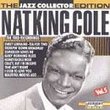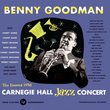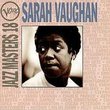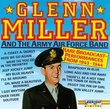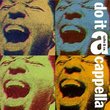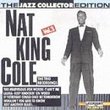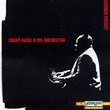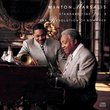| All Artists: Louis Armstrong Title: Vol 5: Louis in New York Members Wishing: 1 Total Copies: 0 Label: Sony Release Date: 9/7/1990 Genres: Jazz, Pop, Broadway & Vocalists Styles: Swing Jazz, Traditional Jazz & Ragtime, Oldies, Vocal Pop, Classic Vocalists, Traditional Vocal Pop Number of Discs: 1 SwapaCD Credits: 1 UPCs: 074644614824, 074644614848 |
Search - Louis Armstrong :: Vol 5: Louis in New York
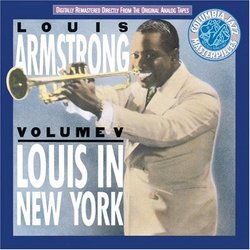 | Louis Armstrong Vol 5: Louis in New York Genres: Jazz, Pop, Broadway & Vocalists
While Louis Armstrong made his most influential records of the 1920s with his small groups the Hot Five and Hot Seven, he actually spent his evenings working regularly as a featured soloist with larger orchestras, first wi... more » |
Larger Image |
CD DetailsSynopsis
Amazon.com essential recording While Louis Armstrong made his most influential records of the 1920s with his small groups the Hot Five and Hot Seven, he actually spent his evenings working regularly as a featured soloist with larger orchestras, first with Fletcher Henderson and then with Carroll Dickerson and Luis Russell. These 1928- 29 recordings find Armstrong in the studio with many of those bands' members, showing his preference for larger and sweeter ensembles and placing as much emphasis on his vocals as on his trumpet work. The vocal version of "Some of These Days" has Armstrong's alternately puckish and bravura trumpet exchanging choruses with a tightly arranged reed section, while his vocal has the same creative phrasing as his more dazzling trumpet work. There are also superb renditions of several Fats Waller songs--"Ain't Misbehavin'," "Black and Blue," and "Sweet Savannah Sue." These are key recordings in Armstrong's evolution into a major figure in American popular music. --Stuart Broomer Similarly Requested CDs
|
CD ReviewsArmstrong At His Best Fred Wemyss (Actual Name) | Huntington, NY United States | 12/10/2003 (5 out of 5 stars) "Here are the sides Satchmo recorded in the late nineteen-twenties. Some of these tracks on this disc are presented in several versions. For example, you'll hear "Ain't Misbehavin'" featuring Armstrong on cornet but with somebody else singing and, a few songs later you'll hear another take with Armstrong's vocal. Of course, he still takes the cornet solo. The difference in the vocals highlights how many light-years ahead of most singers Armstrong was.
The sound quality is much to my liking, although I know jazz enthusiasts who find it lacking. I think it sounds incredibly present. Of course, this particular collection has been on CD for about thirteen years now (which means it came out in 1990) and I wouldn't be surprised if, in all that time, Sony may have done something to the sound. In fact, I've had three copies in the last ten years, because I lost my first copy and for a while I was convinced the later pressings were a bit muffled. It seems to me it came out when Columbia was still called Columbia and now the word "Sony" is all over it. Would Sony altar the sound without saying so? I hope not. Anyway, nobody double-tracked in the twenties and these, then, are live-in-the-studio takes of some songs which are still standards, featuring one of the most recognizable voices in the history of recorded music. That the man with the voice was also the biggest pioneer of the jazz solo shows what a dynamo he was. Fats Waller's "What Did I Do To Be So Black and Blue" is sung with heartbreaking dignity and the cornet at the close of the song will stay with you. The trombone and the bass throughout this collection make you think you're in a small cafe. The singing lets you know you're in good company. The cornet comes at you from the world stage." |

 Track Listings (19) - Disc #1
Track Listings (19) - Disc #1